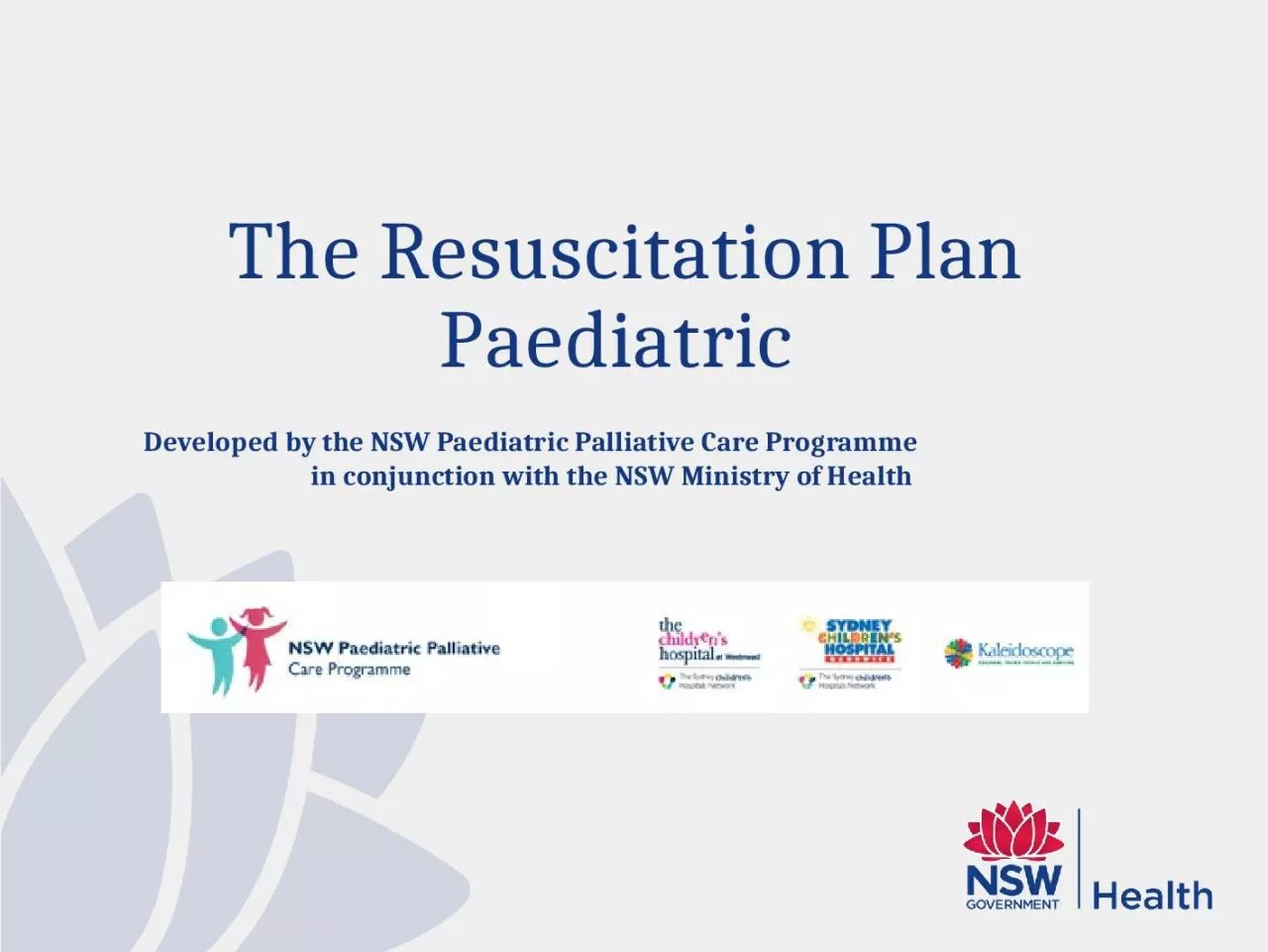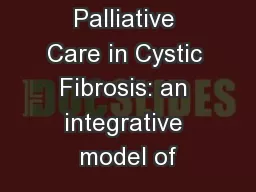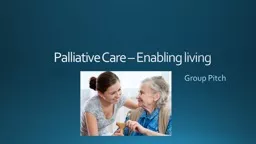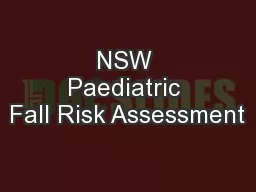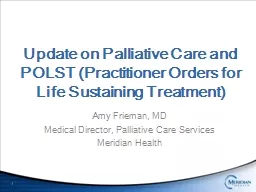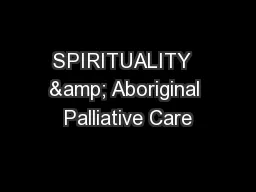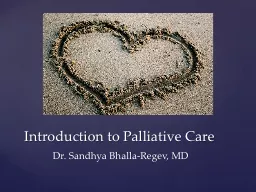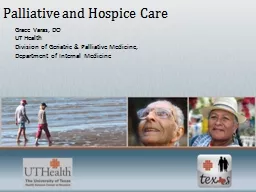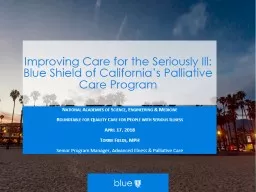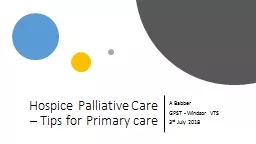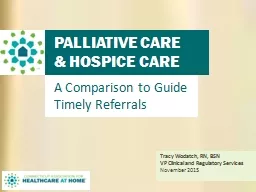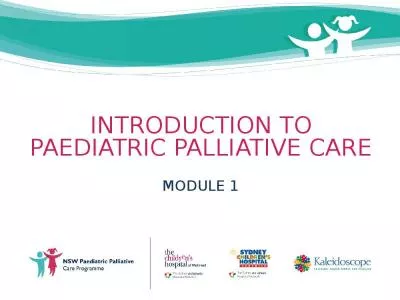PPT-Developed by the NSW Paediatric Palliative Care Programme in
Author : dora | Published Date : 2024-02-09
September 2015 The Resuscitation Plan Paediatric Outline The Resuscitation Plan paediatric and adult Case Study Background Why a statewide form Key issues
Presentation Embed Code
Download Presentation
Download Presentation The PPT/PDF document "Developed by the NSW Paediatric Palliati..." is the property of its rightful owner. Permission is granted to download and print the materials on this website for personal, non-commercial use only, and to display it on your personal computer provided you do not modify the materials and that you retain all copyright notices contained in the materials. By downloading content from our website, you accept the terms of this agreement.
Developed by the NSW Paediatric Palliative Care Programme in: Transcript
Download Rules Of Document
"Developed by the NSW Paediatric Palliative Care Programme in"The content belongs to its owner. You may download and print it for personal use, without modification, and keep all copyright notices. By downloading, you agree to these terms.
Related Documents

